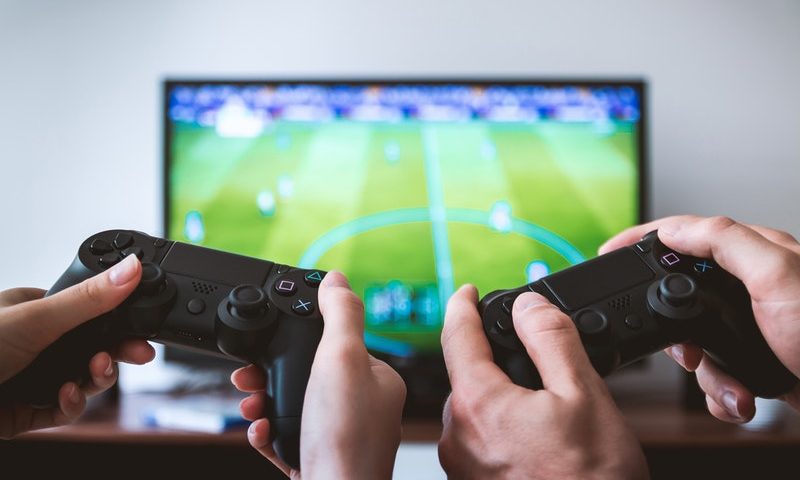A sedentary lifestyle is one that doesn’t involve regular amounts of physical activity. Health experts generally agree that the minimum recommendation for physical activity is 150 minutes/week of moderate exercise, or 75 minutes/week of more rigorous exercise. If you get less than this, you may be considered to have a sedentary lifestyle that poses health risks.
According to the World Health Organization, 60 to 85 percent of the world’s population doesn’t get enough physical activity. Let’s explore why this is a problem and what you can do to increase your active time.
Health Risks of Being Sedentary
Exercise is important to physical, mental and emotional health. At all ages, it is important to be active as much as possible.
A sedentary lifestyle doesn’t just put you at risk for weight gain. It can also worsen your health by affecting your bones, muscles, energy levels, heart health and more. While low energy or certain health conditions may be barriers that prevent you from exercising, physical activity can likely improve these health conditions and benefit your wellbeing in additional ways.
- Improved bone and muscle health
- Increased cardiovascular fitness
- Reduced risk for high blood pressure, heart disease, diabetes, stroke and some cancers
- Improved mood and reduced risk for depression and anxiety
- Improved balance and reduced risk for injury
- Increased energy
- Better weight control
Beginner Tips for Getting Active
If you are trying to minimize a sedentary lifestyle and you don’t already get a lot of physical activity, knowing where to start can be difficult.
First, set reasonable expectations. You aren’t expected to hop on a treadmill and be ready to run a marathon in four weeks. Your journey with fitness will depend on your schedule, physical abilities and limitations, preferences and more. The most important thing you can do is to just start somewhere, because any physical activity is better than none at all.
Start with Warm-ups
Some people’s warm-up routine might be where you start with exercise. Try stretching key muscles in your thighs, calves, arms and shoulder areas. Search for 10-minute beginner’s yoga routines or simply go for a 10-minute walk at the start and end of your day. Light physical activity can help you adjust to exercise.
Do Activities You Love
When you love the workout you’re doing, it shouldn’t feel like a chore. If you don’t love the treadmill or the bench press, think outside the box. Try a fun beginner’s fitness class like kick-boxing, spin, Zumba, POUND or Pilates. If you love being in nature, do more hiking or swimming. You can even rent a kayak or canoe for a great arm workout on the water.
Make Exercise a Social Activity
Work out with company! Grab your friends for power walks on weeknights or hit the hiking trails on the weekends. If you want to go to the gym but you find it intimidating, buddy-up with someone who has a gym pass and can show you the ropes. Exercising with others is not only fun, but helpful for staying accountable.
Replace 30 Minutes of No Activity with Physical Activity
Slowly add more physical activity to your day by using it to replace a less productive activity like watching TV or playing video games. If you spend two hours a night watching your favorite shows, for example, sacrifice just 30 minutes to do something else instead. Go for a short bike ride or do body weight exercises in the comfort of your living room.
Set Motivating Challenges
If you are motivated by rewards, use them to help you meet your activity goals. However, don’t use food as the prize. This could create an unhealthy relationship with food. Instead, buy a new accessory or go for a night on the town. Switch up your schedule to do something more interesting. Buy yourself a new book or a gift you’ve been wanting. When you start seeing progress, try a fun fitness-themed challenge to keep up the momentum.
For more information about physical inactivity and tips for getting active, CLICK HERE.






